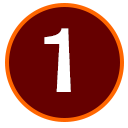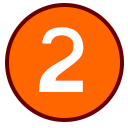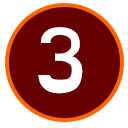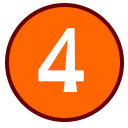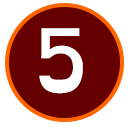This is the post for the Friday, October 9, 2015 class meeting.
Important Dates
- October 16: Fall Break (no class meeting)
- October 21: Project 3 Peer Review
- October 26: Project 3: Interrogate a Story Source due by 11:59 PM
What to Track and How
For Projects 3 and 4, you will need to find sources and assets, like sound clips, video clips, photographs, cartoons, and so forth to include in your project.
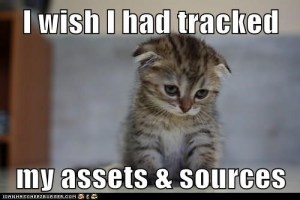 To start, we’ll talk about sources and assets.
To start, we’ll talk about sources and assets. - Be sure to consult Chapter 4 of Writer/Designer, which has lots of information on gathering resources, permissions and fair use, and tracking what you find.
- Make a copy of the Project 4 Source List Template and track your sources there. See the assignment on pp. 62–63 (“A Multimodal Annotated Source List, Part 1”) for the information to include in your annotations.
- Alternately, you can use your own system, like the Winnie the Pooh Sources blog entries. You might also clip info to Evernote (tutorials: web, win, mac) or pin resources with Pinterest (tutorial). Whatever works for you, but have a system and start tracking things now. You can use the working comparison notes to help decide if Evernote or Pinterest is right for you.
NOTE: Finding assets is not a requirement for Project 3, but you will find it pays to keep track of possible assets that you find. Nothing is more frustrating than knowing that you saw something you could use and then not being able to find it again.
Choosing and Using Assets
I have posted tips for finding assets for your projects on the FAQ site. Here’s the short version: Unless you take the photo, record the audio, or film an event yourself, you need to be sure that it’s okay to use it in your writing.
If you are using traditional documentation, these tools can help:
- EasyBib online citation builder creates MLA-format for free.
- Son of Citation Machine creates MLA, APA, and Chicago citations for free.
- Cite This For Me creates several other styles.
Make the documentation system you choose fit the genre that you are using. For instance, videos do not use MLA citations. We’ll talk more about this when we get to Project 4.
Remember that assets you make yourself can be simple. Take advantage of your own creativity. Anything you make, you can use freely. Consider the approaches of The Christmas Snake or Don Quixote and the Giants.
For sources and assets that you have acquired, rather than created. Work through these FAQs for details and resources, including places to find assets that you can use freely (as long as you credit your source):
- How does copyright work with images?
- How do I choose images for my projects?
- How can I tell if an image is protected by copyright?
- Where can I find graphics that I can use in my projects?
- How do I use images in my project?
- Can I use this image if I link to the original?
In-Class Writing
There are two things for you to submit:
- Go to Quizzes in Canvas.
- Choose the "What’s Your Story?" quiz.
- Answer the questions, and submit your quiz.
- Go back to the Quizzes page.
- Choose "November Class Survey" under the Surveys heading.
- Answer the questions and submit your anonymous survey.
Homework
For today’s session (10/09), please do the following:
- If you didn’t complete your "What’s Your Story?" quiz in Canvas and/or your "November Class Survey" in Canvas, please use the grace period to finish by 5:30 PM Sunday (10/11).
For Monday’s session (10/12), do the following before class:
- Read pp. 40–45 of Writer/Designer (in Chapter 3). We’ll review the techniques for analyzing the what, how, and why of your texts.
- You will have time to work on you projects in class on Monday. Bring whatever you need with you to work (e.g., the source you are analyzing)
For Wednesday’s session (10/12), do the following before class:
- I’ll address any questions that come up as you worked on Monday.
- You will have time to work on you projects in class on Wednesday. Bring whatever you need with you to work (e.g., the source you are analyzing)
For Friday, have a nice day off. Enjoy your break weekend.
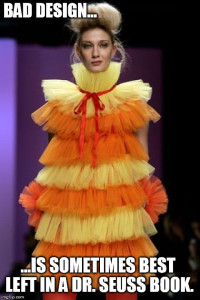 October 16: Fall Break (no class meeting)
October 16: Fall Break (no class meeting)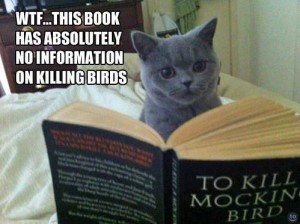


 write and design web content, use digital images (and if appropriate, video and audio), and recognize basic HTML and CSS syntax.
write and design web content, use digital images (and if appropriate, video and audio), and recognize basic HTML and CSS syntax.


